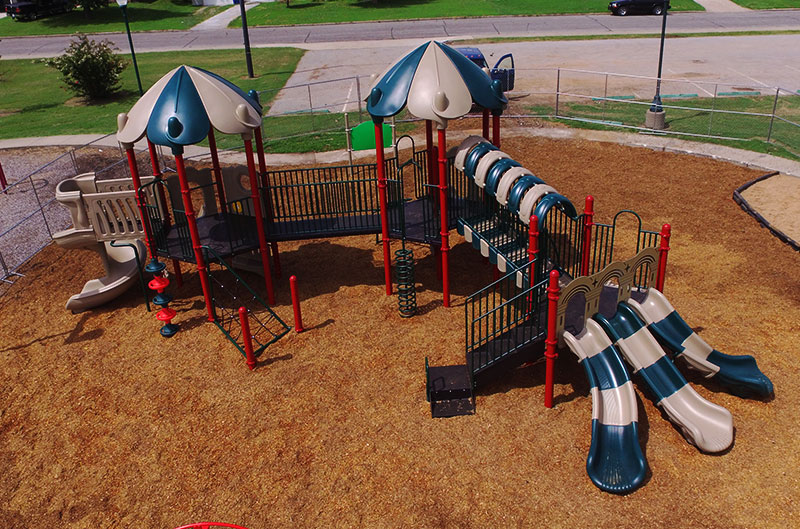
The Right to Play on an Inclusive Playground
Author: Austin Stanfel
Children have a right to play – anywhere and with anyone they choose to play with. They must have the ability to work on themselves physically, mentally, and emotionally. No one in their right mind would consciously try to stop children from enjoying this privilege – at least not knowingly. However, with the wrong design of playgrounds, which are not inclusive of all children with different abilities, we can at times alienate children who are differently-abled from enjoying freedom at the playground.
As the differently-abled children regularly face barriers and hurdles, they tend to become introverted, and due to a lack of physical activity and interaction with their peers, they lose out on development opportunities. Consequently, they will have to deal with being dependent on other people, a lack of motivation, no self-confidence and belief, a critical outlook on life, and so forth. These can be considered secondary disabilities, and environmental barriers also play a huge role in developing these disabilities.
And not just for the development of children with disabilities, but even for children of ordinary abilities, an inclusive playground can be of immense benefit in the developmental process. By coming into contact with differently-abled children of different skills and from other communities and interacting and playing with them, these normally-abled children can learn and accept their differences. This would also enable them to adopt a viewpoint of tolerance, diversity, and universal acceptance and learn not to discriminate based on religion or abilities.
Such playgrounds also allow for play spanning the generational divide – so that grandfathers and grandmothers can enjoy a fun session of play and activity with their young grandchildren at the same playground.
At its core, an inclusive playground gives the message that every single person has value and that every only person is essential. It trains children to understand that we all can co-exist, despite our differences. Getting started with the development of an inclusive playground can seem daunting, but by approaching the community and getting suggestions from them, you would realize it’s highly feasible. You would also need to survey existing play areas, gauge the city’s need, and incorporate all of these inputs into the final design of the play area so that every child can access the play area with ease.

